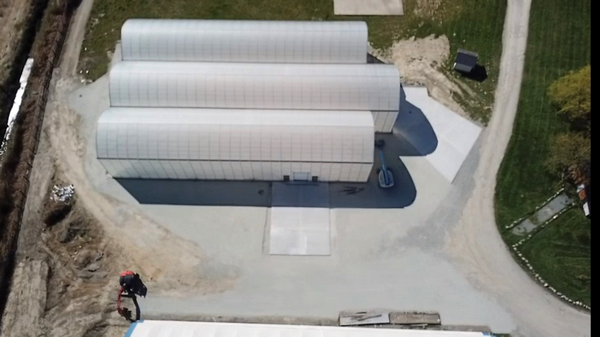In a recent publication, the Society of Petroleum Engineers (SPE) highlights a groundbreaking approach to carbon footprint reduction in the exploration and production (E&P) sector. This innovative tool, designed for real-time monitoring of greenhouse gas (GHG) emissions and energy efficiency, represents a significant advancement in managing environmental impacts while improving operational performance.
A Comprehensive Solution for GHG Emission Monitoring and Energy Efficiency
The paper details the development and implementation of a sophisticated digital tool aimed at reducing carbon emissions and enhancing energy efficiency across E&P assets. The solution, which has been successfully deployed at 34 operated sites, tracks approximately 85% of Scope 1 and 2 GHG emissions. This new approach marks a pivotal step forward in the oil and gas industry’s efforts to meet environmental regulations and improve sustainability practices.
Key Features and Benefits of the Real-Time Monitoring Tool:
- Real-Time Emission Tracking: The tool monitors GHG emissions through real-time data collection from various sources, including fuel gas combustion and energy loss due to flaring and venting. This capability allows for immediate identification and response to emission sources, ensuring timely mitigation actions.
- Standardized and Scalable Model: Designed with a standardized and scalable framework, the tool can be applied across multiple pieces of equipment and assets. This model simplifies the deployment process and ensures consistent performance monitoring across different sites.
- Enhanced Operational Efficiency: By providing detailed analyses and key performance indicators, the tool helps operators identify inefficiencies and equipment issues. This data-driven approach supports informed decision-making for optimizing processes and reducing GHG emissions.
- Transparency and Traceability: The tool offers users complete access to all data and calculations, promoting transparency and enabling effective performance tracking. This feature is crucial for benchmarking carbon footprints and evaluating the effectiveness of emission reduction strategies.
- Energy Efficiency Optimization: Beyond monitoring emissions, the tool assesses energy efficiency and identifies potential areas for improvement. By establishing relationships between GHG emissions and energy usage, it supports the optimization of significant energy consumers.
- Support for Decision-Making: The tool’s data displays are used for daily operational discussions and decision-making processes. These displays help operators address process deviations, meter inaccuracies, and other factors that contribute to GHG emissions, ultimately enhancing operational excellence and profitability.
Demonstrated Success and Future Potential
The paper presents several use cases illustrating the tool’s positive impact on GHG emissions reduction and energy efficiency improvements. Through these examples, the authors demonstrate how the tool has led to measurable environmental and operational benefits, validating its effectiveness as a resource for the oil and gas industry.
Implications for the Greenhouse Sector
For investors and entrepreneurs in the agriculture and greenhouse industries, this development offers valuable insights into how advanced monitoring tools can drive sustainability efforts. While the tool is designed for the E&P sector, the principles of real-time data monitoring, process optimization, and transparent performance evaluation are highly relevant for greenhouse management and sustainable agriculture.
Opportunities for Greenhouse Operators:
- Adopting Advanced Monitoring Solutions: Greenhouse operators can explore similar digital tools to track and manage their carbon footprints. Implementing real-time monitoring systems can enhance energy efficiency and support sustainability goals.
- Improving Energy Efficiency: The strategies used in the E&P sector for optimizing energy consumption can be adapted for greenhouses, helping to reduce operational costs and environmental impacts.
- Benchmarking and Continuous Improvement: The concepts of benchmarking and continuous performance improvement demonstrated in the paper can be applied to greenhouse operations for better environmental and economic outcomes.










